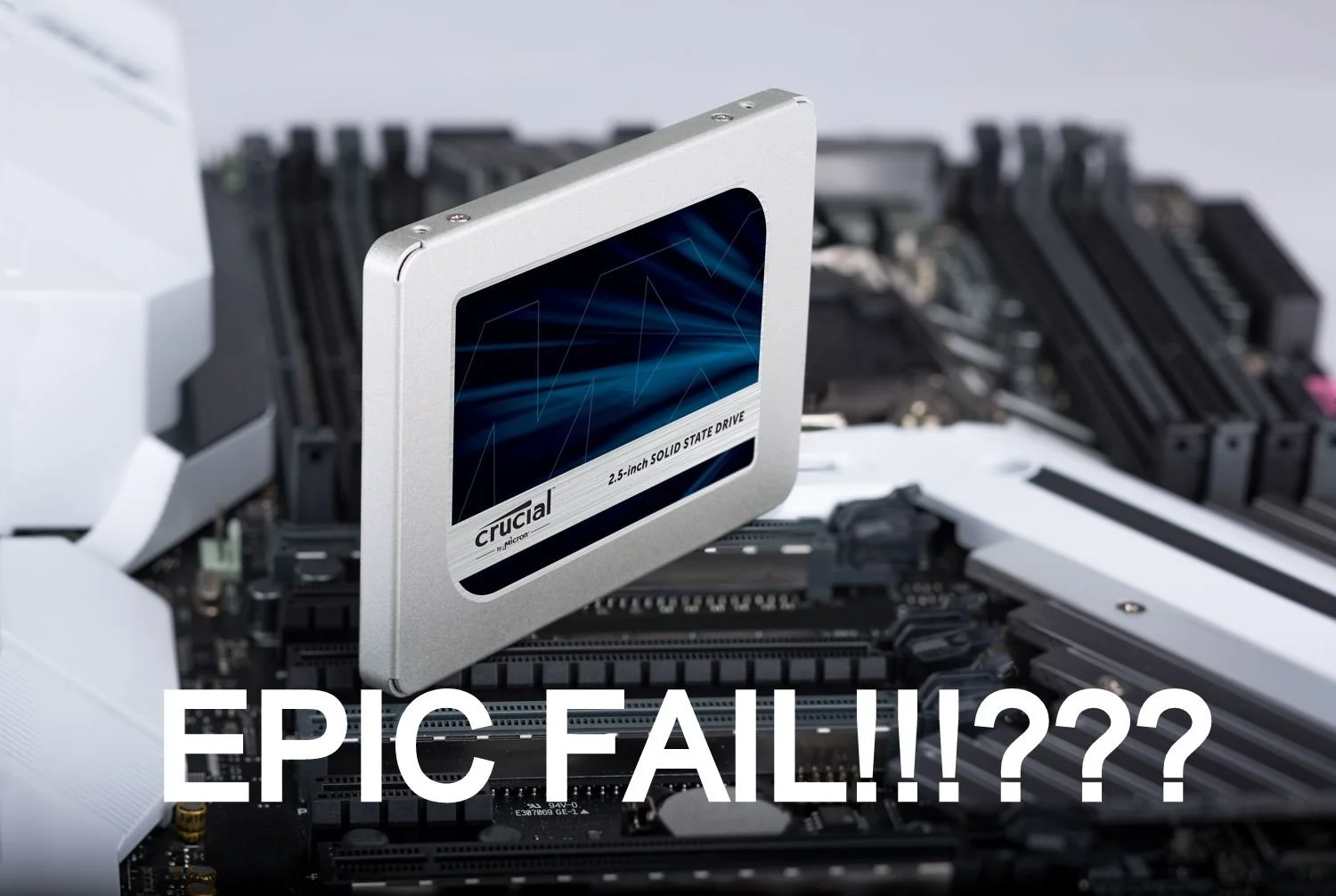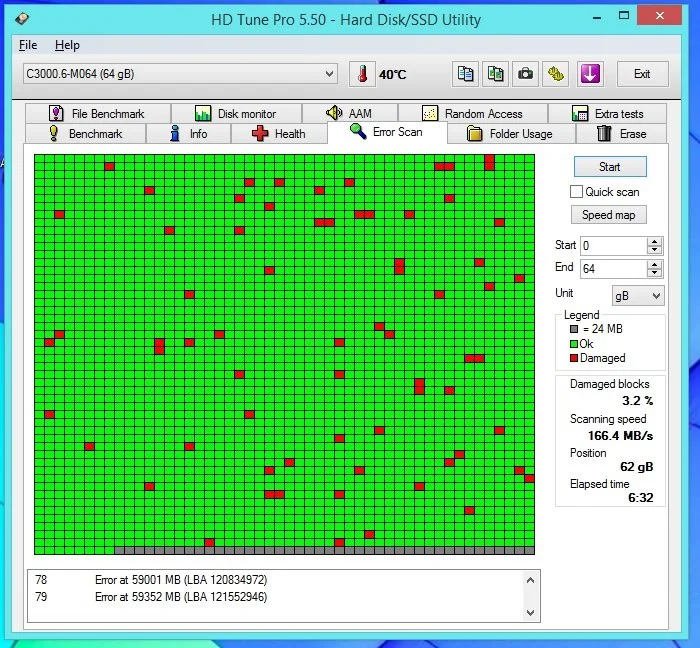Three signs your SSD is about to fail
The solid-state drives are a godsend to PCs; unlike the spinning drives, they are faster and more stable, and, being there are no moving parts, they consume less power. However, SSDs are not impervious to failing before their expected life span.
As a computer user, you must prepare for the worst regarding SSDs. You need to know the signs of a failing SSD so you don't panic and take drastic action.
How and why do SSDs end up failing?
Unlike the spinning HDD, the SSD has no physical platters that move. So they're less prone to complex disk issues. However, even though components in an SSD are stationary, mechanical failures can occur. The solid-state drive power source is a capacitor and power supply, which can suddenly malfunction, especially in the event of power failure or power surge. Power failures cause irreparable damage to SSDs, which can lead to data corruption.
Another issue that can arise with SSDs is they need more read/write cycles, which is a glaring problem with many existing flash memory—depleting the SSD life cycle.
So, how long do SSDs last? You ask? On average, it can last 5-10 years. Current SSDs on the market are now less susceptible to read/write issues.
1: The Bad Blocks
The disk has bad sectors, similar to the bad blocks on SSDs. This occurs when the computer attempts to read or save files for a long time, and in some instances, the files fail. The system will then emit an error message. There are several symptoms of bad blocks. They are: a file cannot be read or written to the hard drive, the PC/file system often needs to be repaired, active applications suddenly freeze up, crashes, and frequent errors occur while moving files.
This is what a bad sector SSD looks like. I know, just horrible.
When your drive reaches this stage, start shopping for a new SSD.
2: Files in your drive needs repair
From time to time, you may visually see this error message (posted above paragraph) on your Windows operating system: "Your PC needs to be repaired." The reason may be an improper shutdown of your computer or buggy software. But if this occurs repeatedly, it could be a sign your SSD may have an issue with a bad block or the drive is not correctly connected to the port.
When you see the "Your PC needs to be repaired’ notification, Windows OS and MacOS have built-in tools within the operating system that can fix the corrupt file. Use the tool and follow the written steps to guide you through the repair process.
3: Frequent crashing while booting
If your drive constantly crashes during the boot process and you find yourself constantly hitting the reset button, this is an obvious sign that your SSD has a bad block or is about to die.
There are two remedies for this problem. Firstly, back up your data, then run the diagnostic tools, which may fix the issue. Or you can format the drive and then reinstall the OS. After you reinstall the OS, if the problem persists, then it's time to replace the SSD.
What can users do to prevent SSDs from dying?
Solid-state drives usually fail after 5 to 10 years of usage. But you can take preventive measures to keep it from falling or dying altogether before spending money on a new SSD. Avoid any electric fluctuation; this means investing in a quality surge protector. You can also free up space on your SSD to move data from bad blocks.
But in my experience, if SSDs exhibit concerning issues, the drive will eventually be inoperable. It's time to spend the money on a new SSD. In 2023, you should invest in an M.2 SSD. They have a much faster Throughput and seemingly don’t fail after extended usage due to more advanced technology with NAND cells within the SSDs







